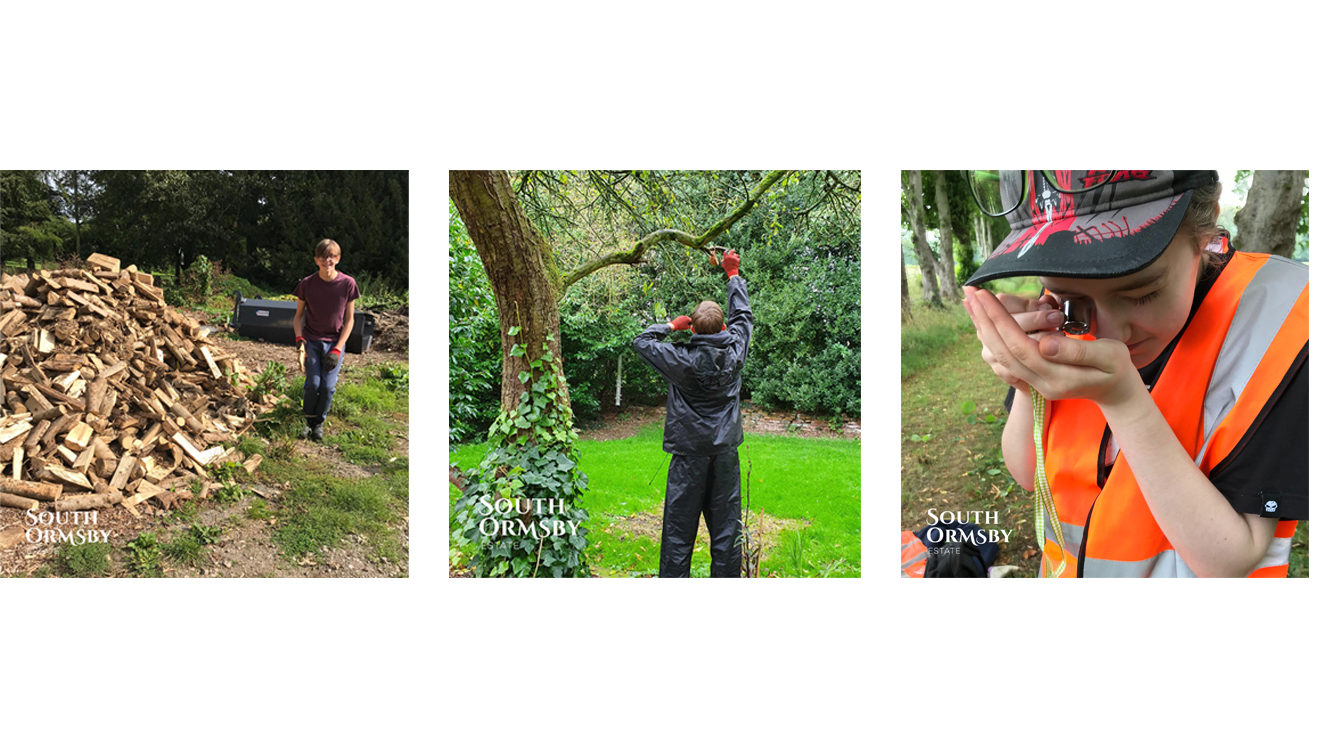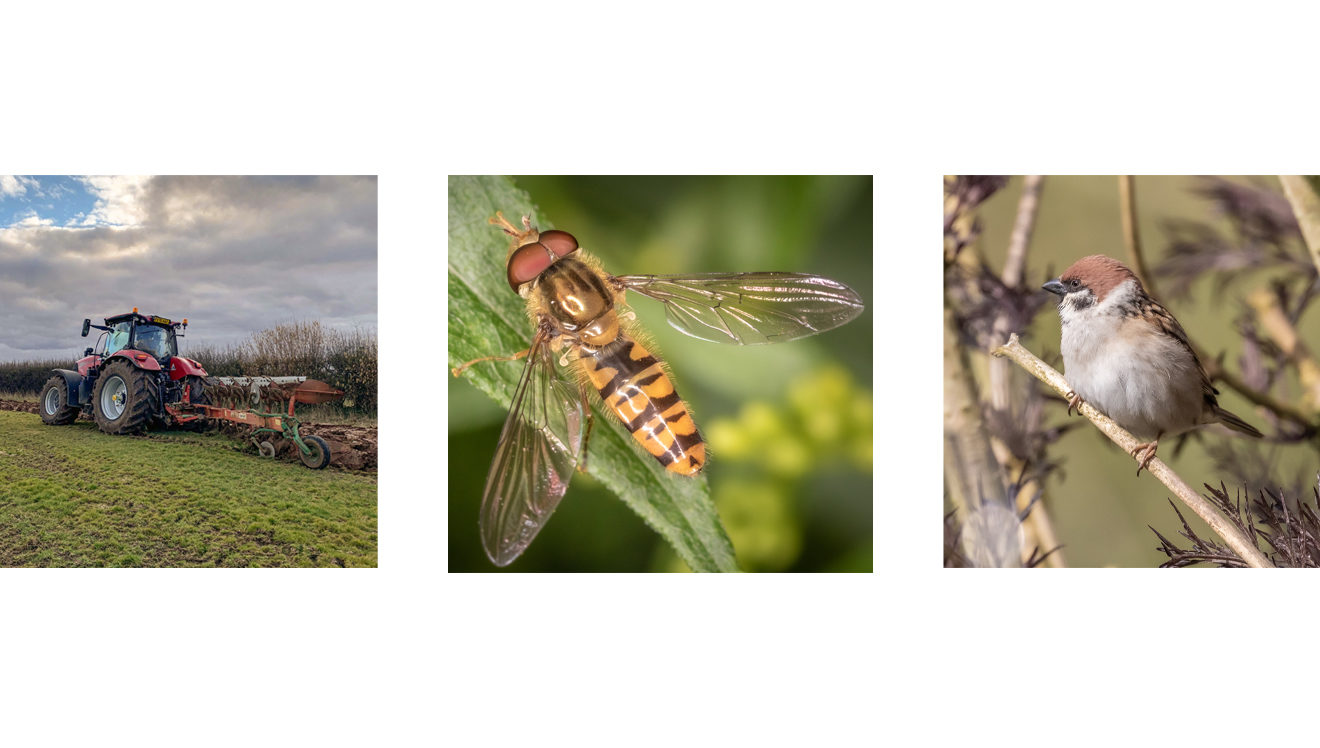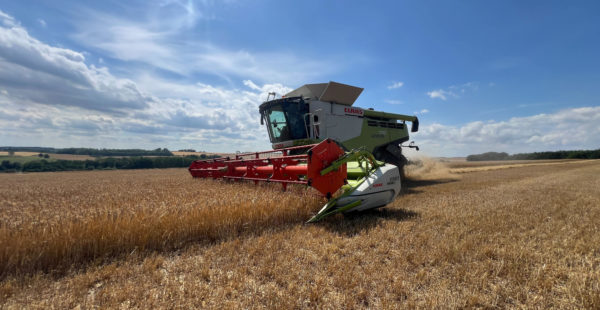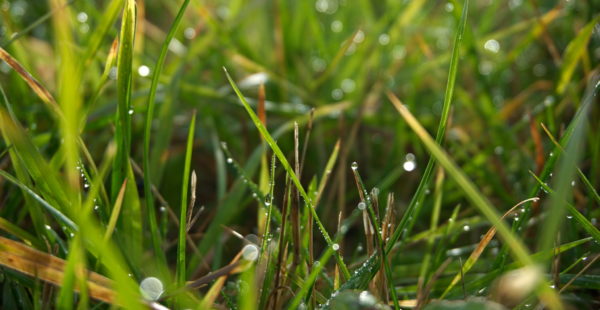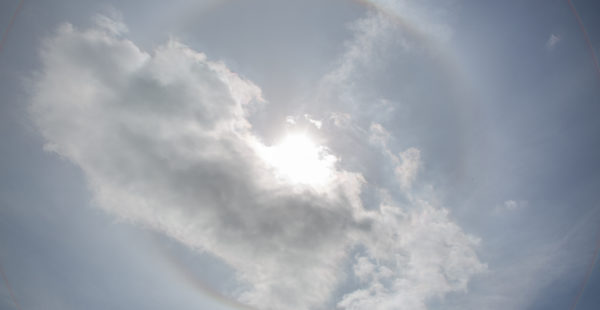A Week on the Estate: Walled Gardening, Last Plashing & Bird Plotting
Spring is upon us, if you ignore the odd dreich day of wind and rain. The birds are in full song, ploughing is underway and we’re looking forward to a year of rejuvenation across South Ormsby Estate.
It’s time to start again in the Walled Garden. The vegetable patch’s growing year is about done, with just a few leeks and sprouts to harvest. We’re preparing for the new season by potting up some early potatoes in the poly-tunnel, preparing the seedbed and planting a grapevine.
Traditional hedge-layer Matthew Davey finished off the plashing season with a small hedgerow at Beechleaves. When the new tenants move in, they’ll benefit from a beautifully crafted and biodiverse boundary giving them open views of the Lincolnshire Wolds.


